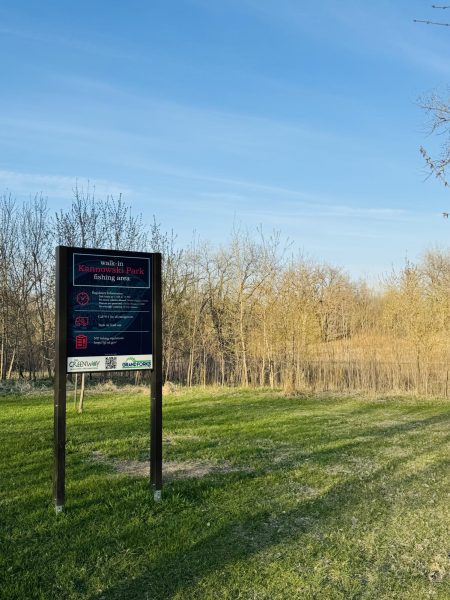Trains, trains, trains
…and a brief mention of planes and automobiles
April 16, 2018
America was originally built by the railroad but somewhere along the way, it slowly became an irrelevant part of our society. Today, trains are used for basically just freight transport because everyone else in the United States either drives cars or flies in airplanes to get around the country. In our country, train travel is just not as effective and enticing as it used to be.
Today, trains are not fast or inexpensive enough to gain consumer attention. This was not always the case. In the eighteenth century, during the boom of the locomotive industry, the United States’ train transportation system was renowned for its affordable luxury and efficiency. It seemed as if everyone was using it to get to various destinations around the country. Back in its prime, the United States railroad was a key factor in building the country during the industrial revolution.
The railways were and are still owned by capitalistic freight companies that used to have trains with everything from freight and mail to paying passengers. These companies were able to make a hefty income from this mix of consumer needs. However, as the automobile was being introduced to the masses during the 1920’s and 30’s, more people opted for the personal freedom it offered over trains. Then, during the 1950’s, the industry struggled even more with the increasing number of passengers opting for air travel.
This caused the freight companies to discontinue their passenger and mail services on their trains. The United States was being built for the car instead. More prominently, the west coast lacks the most in public transit. According to Business Insider, cities such as Los Angeles, Seattle and Portland have worse transit systems compared to cities on the east coast. Being relatively new to the States, west coast cities built roads for cars and didn’t allow easy access for railways. During the early 1900’s the focus was on making car transportation better, not public transit.
When Amtrak was created during the 1970’s as a way to rejuvenate the idea of rail travel, it failed. The goal was to reintroduce the idea of using trains as an alternate source of travel. Amtrak is a government subsidized program that doesn’t make any money and is stuck in a rut. They can’t get more riders to make more money and they can’t improve their systems because they don’t make enough money.
The reliability of Amtrak is also known to be horrendous. According to Amtrak themselves, per 10,000 miles of travel on the Canadian National, there is about 1700 minutes of delay. Amtrak owns few tracks so priority is always given to the freight train companies who own them. It was never a problem because the freight companies had passenger trains, but when they discontinued those services, passenger trains disappeared.
In Europe, governments and the public never had a desire to build up their roads. Early car manufacturers such as Morris and Vauxhall did not have a reputation for being reliable, which hindered public trust cars in Europe. This led European countries to focus their resources on public transit rather than personal cars.
Japan and Western European countries have spent time and money investing in a high speed and effective rail network. There have been discussions in the States to accomplish a similar task in the east and west coast, but the likelihood of this coming true in the near future is unlikely. Amtrak estimates that to upgrade their Northeast Corridor, they would have to spend about 150 billion dollars. The United States’ preference for the personal freedom that cars allow comes at the cost of us not having a convenient and reliable method of rail travel, which, when it comes to public transportation, puts us behind other first-world countries.
Quinn Robinson-Duff is a columnist for Dakota Student. He can be reached at [email protected]











